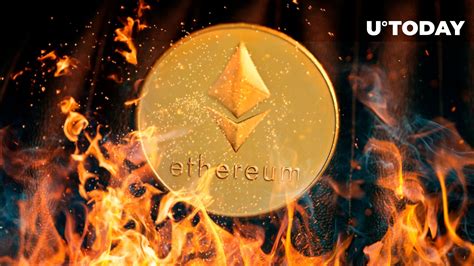What Happens When a Transaction Isn’t Confirmed: Unresolved Ethereum Transactions
Ethereum is an open-source, decentralized blockchain platform that enables smart contract development and cryptocurrency trading. One of its most significant features is transaction verification, where transactions are verified by nodes on the network before they’re included in the blockchain. However, sometimes even with these advanced security measures, a transaction can become stuck, leaving its sender wondering what happens when it’s never confirmed.
In this article, we’ll explore the process of a non-confirmed Ethereum transaction and what can happen to your wallet if you don’t send funds promptly.
The Transaction Verification Process
When a user initiates an Ethereum transaction, several steps occur before the transaction is verified:
- Transaction creation: The sender creates a new transaction, which includes the recipient’s address, amount, gas (the computational energy required for a particular operation), and any additional data.
- Verification by nodes: A group of nodes on the Ethereum network verify the transaction using complex mathematical algorithms to ensure its validity.
- Block creation: The verified transactions are collected into a block, which is then added to the blockchain.
What Happens When a Transaction Isn’t Confirmed
If a transaction isn’t confirmed, it’s often referred to as “unconfirmed.” This can happen in several scenarios:
- Transaction pool: Some Ethereum nodes maintain an “transaction pool” that holds unconfirmed transactions. If a node fails or is disconnected from the network, these unconfirmed transactions are lost.
- Hard forks: When two conflicting versions of the blockchain emerge, some unconfirmed transactions might be affected. This can lead to new rules and requirements for users to adapt.
- Network congestion

: During periods of high transaction volume or network congestion, nodes may experience issues with processing transactions efficiently. In such cases, some transactions might not get confirmed.
Can a Wallet Send Funds Even if the Transaction Isn’t Confirmed?
Yes, in most cases, your wallet can still spend funds even if the transaction isn’t confirmed. Ethereum has several mechanisms to ensure that transactions are verified before being spent:
- Proof of Stake (PoS): In PoS, users’ stakes are rewarded with new Ether when a block is mined. This incentivizes validators to prioritize transaction validation over immediate spending.
- Smart contract management
: Smart contracts can be programmed to validate and spend funds only after the underlying transactions have been confirmed.
However, if you don’t send funds promptly or if the wallet has issues with transaction verification, there’s always a risk that:
- The transaction might not get confirmed, leaving it stuck in limbo.
- The recipient might be unable to access their funds until the issue is resolved.
To avoid such situations, make sure to regularly check your transactions and consider using tools like Etherscan or Block explorer websites to monitor the blockchain for potential issues.
In conclusion, while non-confirmed Ethereum transactions can be frustrating, they don’t necessarily mean your wallet won’t spend funds. By understanding how transaction verification works and taking proactive steps to manage your assets, you can minimize potential risks and enjoy a secure and rewarding experience on the Ethereum network.
